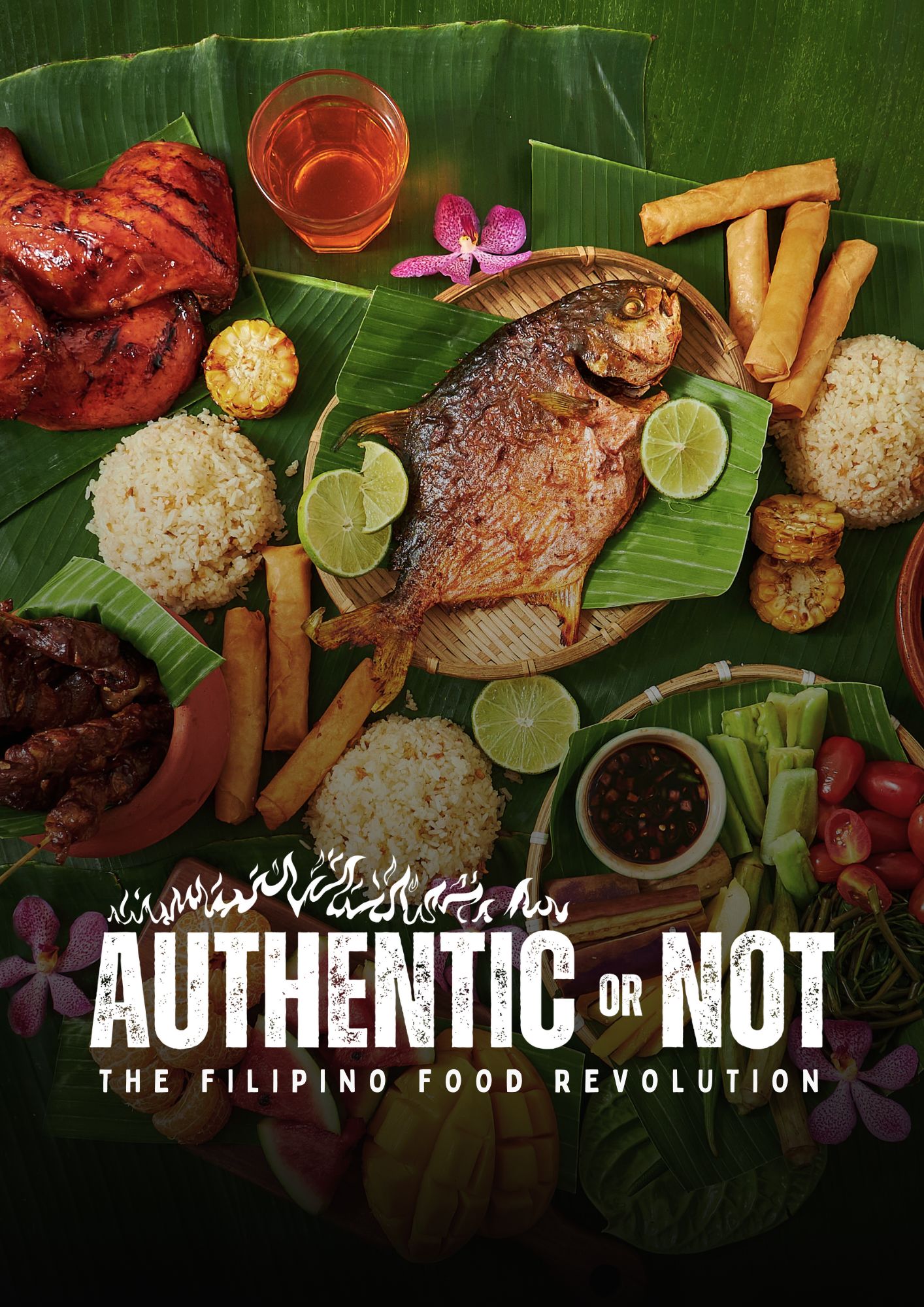Filipino food has always been more than just what’s on the plate — it’s memory, migration, and identity wrapped in banana leaves or reinvented on a fusion menu. That deeper meaning is what Authentic or Not: The Filipino Food Revolution sets out to explore. Behind the lens is director Chris Soriano, a Filipino born and raised in San Diego with roots in Pampanga, who was moved by one lingering question: What makes something authentically Filipino?
“I’ve always been fascinated by how our food evolves depending on where we are in the world,” he shared with TGFM. “This documentary was born from that curiosity. I wanted to create a space where chefs, food lovers, and everyday Filipinos could explore the deeper layers of our identity.”
Streaming globally on Amazon Prime Video and Apple TV, the film travels across bustling street markets and Michelin-minded kitchens — from the U.S. to the Philippines, Canada, and Hong Kong — capturing the spirited and sometimes heated conversations around Filipino food, culture, and modernity.
A labor of love and shared dreams
For Soriano, the journey was not only about culinary storytelling, but about connection — especially with his wife and Executive Producer, Hillary Soriano. One moment, in particular, stands out during filming: a visit to Ihawan in New York.
“The chef and owner shared how he built the restaurant with his wife, not just as a business, but as a shared dream,” Soriano recalled. “It made me pause and think about my own journey, and how thankful I am for Hillary, not just as my wife, but as my partner in all of this.”
This emotional core pulses throughout the film. It goes beyond recipes and plating techniques, delving into how food becomes a tool for healing, reclaiming culture, and holding on to memories. The documentary doesn’t shy away from debates either — such as whether adobo can be modernized or if kare-kare still counts when deconstructed — but it does so through the lens of mutual respect and curiosity.
“We looked for stories with heart,” said Soriano. “People preserving tradition, others boldly innovating, and many blending both. Every chef we interviewed had a personal relationship with their food.”
Restaurants and chefs featured in the film range from familiar names like Sari Sari San Antonio and Apag Marangle, to boundary-pushing kitchens like Tita Flips and Bonifacio. The scenes unfold with rich cinematography, capturing not just food but the spirit behind it.
Embracing identity, one dish at a time
More than anything, Soriano hopes the documentary speaks to Filipinos around the world who often wonder where they fit in the larger cultural mosaic.
“I hope they feel seen and proud,” he said. “There’s no one way to be Filipino — and that’s our strength. Whether you’re preserving tradition or exploring fusion, your voice matters.”
As a proud Kapampangan, Soriano admits his favorite dish is sisig — crispy, savory, and sizzling on a plate. But he embraces its evolution too, noting, “I’ve had sisig tacos, even sisig with foie gras. As long as it’s made with love and respect, I’m all in.”






